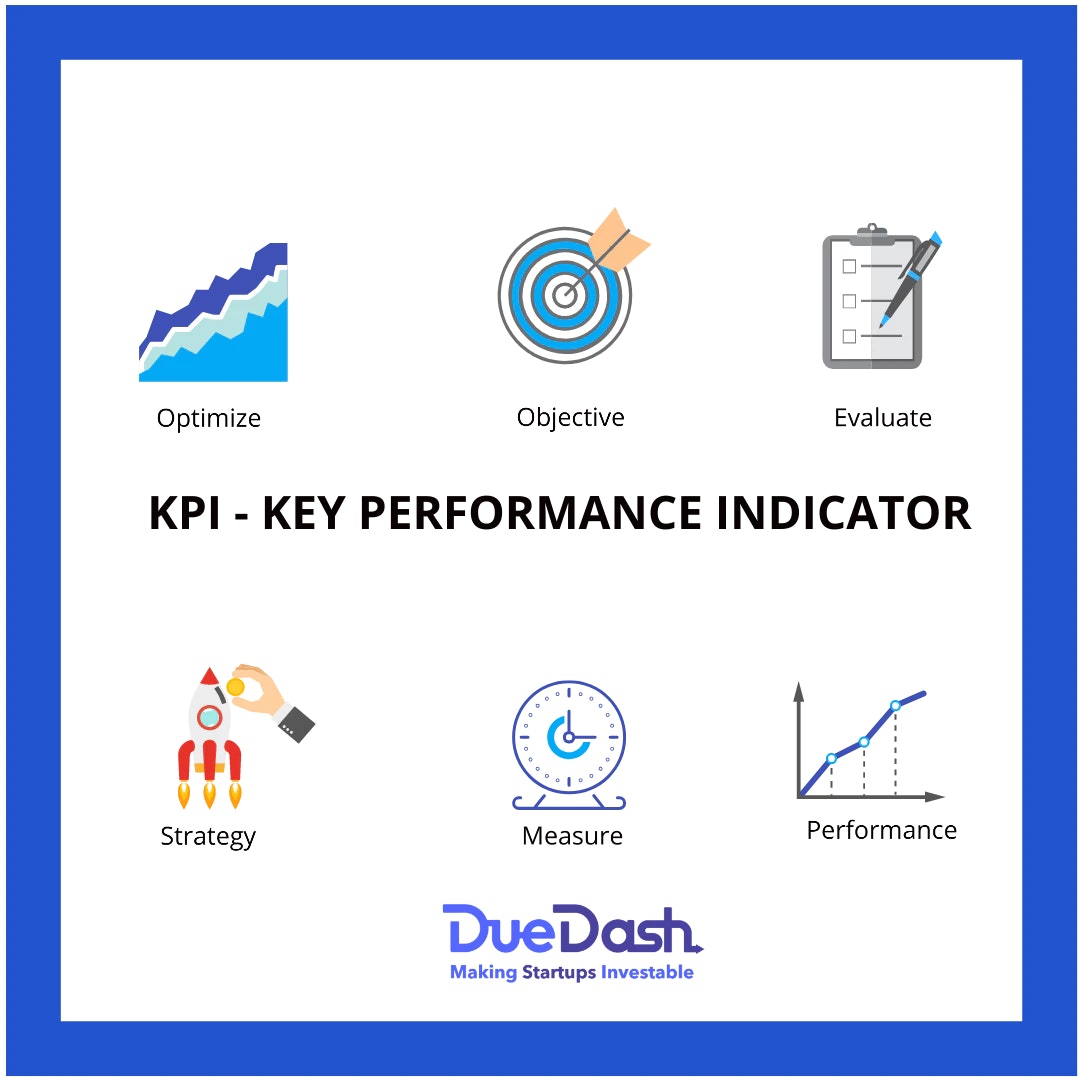
Let’s start by defining a startup.
As we say this word the definition takes many forms. There are no set rules, there is no magic wand, there is no secret recipe nor are there any scientific approaches and there are thousands of books and mentors out there to address this topic.
Startups are anything but traditional businesses – disruptive business, new venture, and many more.
It’s also called a state of mind – you build, your test and you iterate. This continuous cycle of building and testing can only be conducted with a strong principle of management and measurements are in place. Remember you can’t manage something that you can’t measure this old adage from Peter Drucker comes alive in case of agile building of your startup.
People often say that I’m a execution junkie – I love to create a process, automate repeatable tasks, obsessed with outcomes and data visualization. Irrespective of whether I work with my own team or I work with startup founders – I love to track all sorts of information and data that has been shared with me whether it is a detailed process or something that is continuously changing.
Many a times founders wonder what metrics to capture and track. Happens with us as well in every business that I have worked with or on so far. The key to unlock here is which metric helps us in decision-making and not just delivering information.
The rule of thumb is to keep the number of KPI (your key performance indicators) as low as possible when measuring the performance of your company.
Everything else that you measure be an indicator of some kind.
This demonstrates that you – the founders – understand your performance and that you are working hard to grow your company in a meaningful way. This also shows to your customers, partners, and potential investors facts. The analytical snapshot is devoid of emotion that founders express while pitching their idea.
While KPIs are measurements of outcomes but as the business owner, it provided levers to be pulled and tweaks to be made to improve your business. It’s important to know the impact of each one.
I am listing down some usual KPIs that investors are looking for.
- MRR
- ARR
- Monthly Burn Rate
- Cash Balance
- Runway Available
- MAU (DAU)
- Customers
- CAC
- LTV
- Churn
- NPS
- Employees
- Customer Growth Rate
All values entered are numerical:
- MRR, ARR, Monthly burn rate, cash balance – in currency
- MAU, Runway available, Customers – a numerical value
- CAC, LTV – currency
- Churn – %
- NPS, EMployees – a numerical value
- Custom field can be labeled, turned on or off and value type can be defined – %,#,$
You can start your business by capturing some PR or vanity metrics – like new sign-ups, website visits, headcount etc. but these usually don’t drive your core decisions. It’s prudent to measure them but it doesn’t help if you cannot correlate as to how your business is performing.
The performance metrics that are easy to measure are – MRR, ARR, gross margin, monthly active users, churn, ACV and a few more. You can evaluate the success of your strategy implementation. They are usually easy and useful to measure. They help you identify some patterns and understand to some extent long-term consequences on your actions and plans. They usually good for tracking the outcomes of the actions that have already been executed.
However, there are some hard ones – that measures action and outputs. For example number of new customer sign-ups this week, number of social media posts per day, number of sales calls per day, number of new leads added to CRM this week or number of bugs that were fixed in this sprint.They are very relevant for your present – here and now – and to take decisions. They are easy to improve and sometimes hard to measure. They are usually relevant in the long run especially if you are not connecting them to your performance metrics.
So how do you increase the performance of your business?
Unfortunately I have no simple and comforting answer for this. Other than the fact – try setting the some metrics, and understanding your decisions. Then find out what you are tracking, and what you are deciding. Is there any correlation? Are you missing something? Do you have the right metrics and indicators?
Imagine what does your success looks like for you? How do you measure those actions? Where do you get that data from? And what success factors influence the KPIs?
In God we trust – everyone else has to bring data
